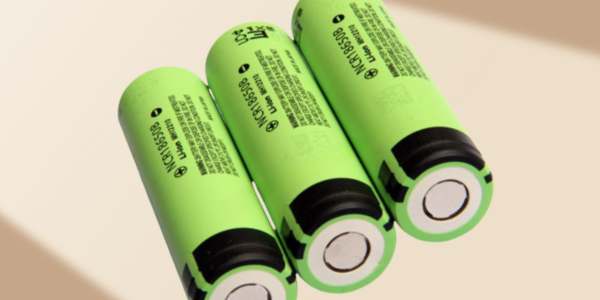Understanding the Voltage of 18650 Lithium Batteries A Comprehensive Guide
Understanding the Voltage of 18650 Lithium Batteries: A Comprehensive Guide
The world of lithium batteries has transformed the way we perceive energy storage and consumption. Among the various types of lithium batteries, the 18650 variant has gained significant popularity, particularly in portable electronic devices and electric vehicles. One of the common inquiries regarding 18650 batteries is how their voltage is influenced by the number of batteries connected in a system. In this article, we’ll explore the relationship between voltage, the number of cells, and practical applications of 18650 batteries.
To understand the voltage of 18650 lithium batteries, it is essential to first grasp what these batteries are. The term "18650" refers to the battery's dimensions: 18mm in diameter and 65mm in length. Different from lifepo4 battery, these cylindrical batteries typically provide a nominal voltage of 3.6 to 3.7 volts per cell when fully charged. However, the voltage levels can vary based on several factors, including battery chemistry, state of charge, and the load applied to the battery.
When discussing voltage in relation to the number of batteries, it is crucial to distinguish between the configurations commonly employed: series and parallel setups.
In a series configuration, batteries are connected end-to-end, combining their voltages.
For instance, if you connect four 18650 lithium battery in series, the total voltage would effectively become four times that of a single battery. Thus, with each cell providing an approximate voltage of 3.7 volts, four batteries would deliver about 14.8 volts (3.7V x 4) when fully charged. This setup is widely used in applications requiring higher voltage, such as in electric vehicles or power tools, where a robust energy system is necessary.

On the other hand, when batteries are connected in parallel, their voltages remain the same as a single cell, but the capacity (measured in amp-hours, Ah) increases. For example, if you connect three 18650 batteries in parallel, the voltage remains at approximately 3.7 volts, but the total capacity is the sum of the capacities of each individual battery. This configuration is beneficial for applications that demand longer runtime without increasing voltage, such as portable electronics that rely on consistent power output.
Understanding the voltage implications of these configurations is crucial for anyone looking to utilize 18650 lithium batteries in their projects or devices. Selecting the appropriate setup can significantly impact the performance and efficiency of the final application.
Another notable aspect to consider is the state of charge of the battery. A fully charged 18650 cell can reach up to 4.2 volts, while a discharged unit can drop to about 3.0 volts or lower. Designing your system with a proper battery management system (BMS) is a wise approach to ensure that the batteries are neither overcharged nor discharged excessively, which can shorten their lifespan or, in extreme cases, lead to hazards.

In addition to their voltage characteristics, 18650 lithium batteries also offer a variety of advantages that set them apart from other battery types. They have a high energy density, meaning they can store more energy in a smaller volume compared to many traditional battery technologies. This feature makes them an ideal choice for applications where weight and size are critical factors.
Moreover, 18650 batteries have become synonymous with longevity and sustainability. With proper care, they can withstand hundreds of charge and discharge cycles while maintaining a good portion of their capacity. This durability not only benefits users by providing more extended use but also contributes positively to environmental sustainability by reducing the frequency of battery replacements.
In conclusion, the relationship between the voltage of 18650 lithium batteries and the number of batteries in a system is vital for anyone involved in designing and implementing battery-powered devices. Whether you are utilizing a series or parallel configuration, understanding how voltage and capacity interplay will help ensure that you make informed decisions that enhance performance and reliability. As the demand for efficient energy storage continues to grow, mastering the nuances of 18650 batteries is an invaluable skill for engineers, hobbyists, and consumers alike.

